Minamiaizu - The Beauty And Serenity Of A Secluded Farming Village

Minamiaizu in the southwest of Fukushima prefecture is the perfect place to discover old Japan. Travel off the beaten path and discover a picturesque centuries-old farming village in a remote mountainous region.
Those wishing to travel the off the beaten path and discover a picturesque centuries-old farming village in a remote mountainous region, should journey north to Minamiaizu in the southwest Fukushima Prefecture. Escape the hectic, stressful urban life and enjoy the tranquility of the Maezawa village and its old magariya (L-shaped thatched farmhouses), fields of buckwheat and beautiful flowers.
Minamiaizu - Sparkling Rivers and Lush Summer Rice Fields
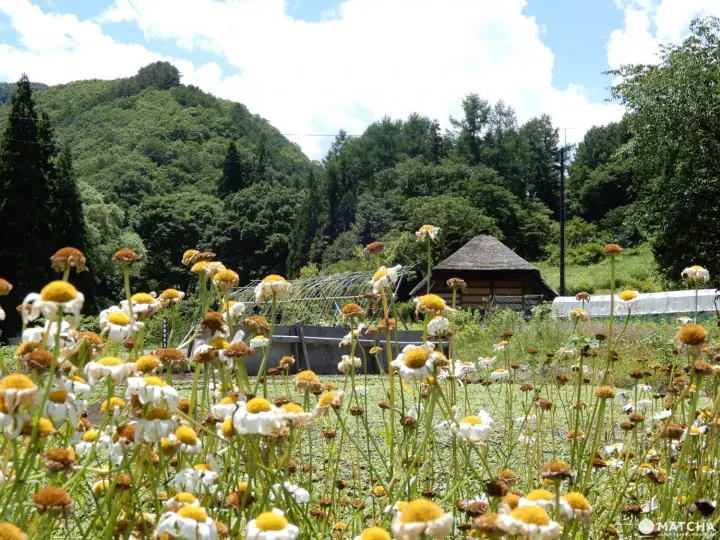
Minamiaizu is also referred to as “Okuaizu”, meaning the back-country of the Aizu area. This area is located about 200 kilometers from Tokyo. Surrounded by tall mountains, Minamiaizu was an almost inaccessible mountain region and until recently remained relatively secluded. The total population of this vast area is just over 16,000.
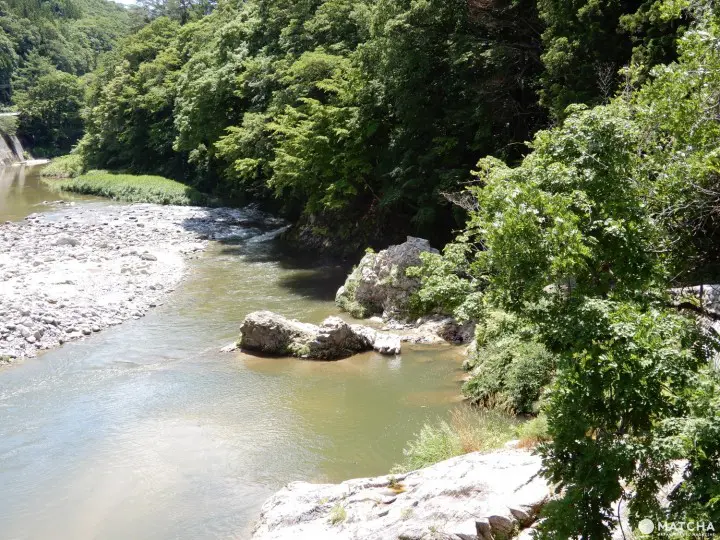
As a result, Minamiaizu’s scenery of untouched forests and rivers is still preserved. Traveling the about the area is a delightful and relaxing experience.
You can soak in one of the rustic mountain onsen (hot springs) found throughout the area, try skiing or mountaineering at one of the most famous mountains of Japan, Mt. Aizukomagadake (2,132 meters high).
Maezawa - A Village of Farmhouses Preserving 400 Years of Traditions
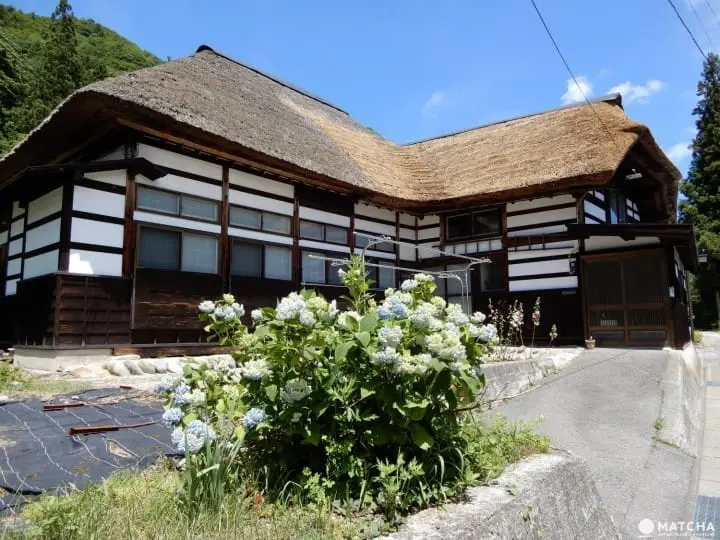
One of the highlights of the Minamiaizu area has to be the charming, little village of Maezawa consisting of magariya, old L-shaped thatched farmhouses, still owned by successive generations of farmers. According to historical records, the village was founded between 1592 and 1595 by Aizu warriors. Originally situated near the Tateiwa River it took the name “Maezawa” which literally means “in front of the river”. Later it relocated to its present location.
Maezawa has been designated as an “Important Preservation District for Traditional Buildings” by the Japanese Agency for Cultural Affairs. It is still a working farming village, unlike the extremely popular tourist destination Ojuku village located to the northeast of Maezawa.
Magariya – Uniquely Designed Farmhouses To Protect Livestock
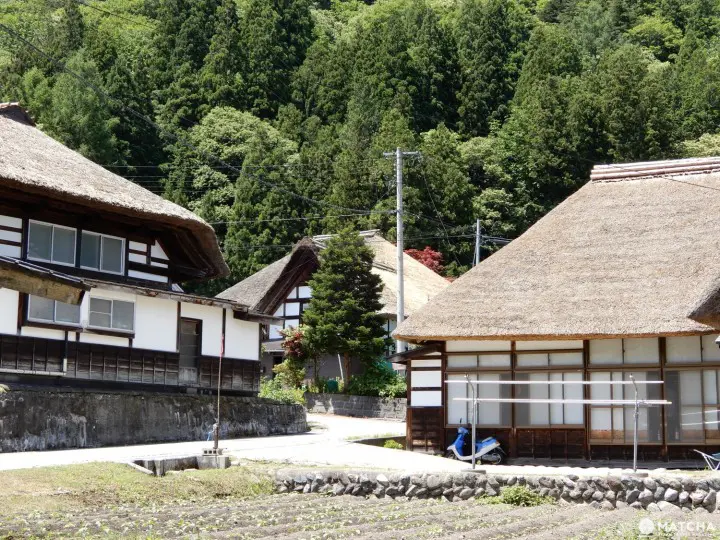
The L-shaped thatched farmhouses developed out of the need to protect horses from the harsh, long cold winters. Horses were a crucial part of Maezawa farming not only to transport goods and crops but also for plowing the fields. The unfloored stable for the horses was at a right angle to the main farmhouse that contained the living quarters as well as a working area.
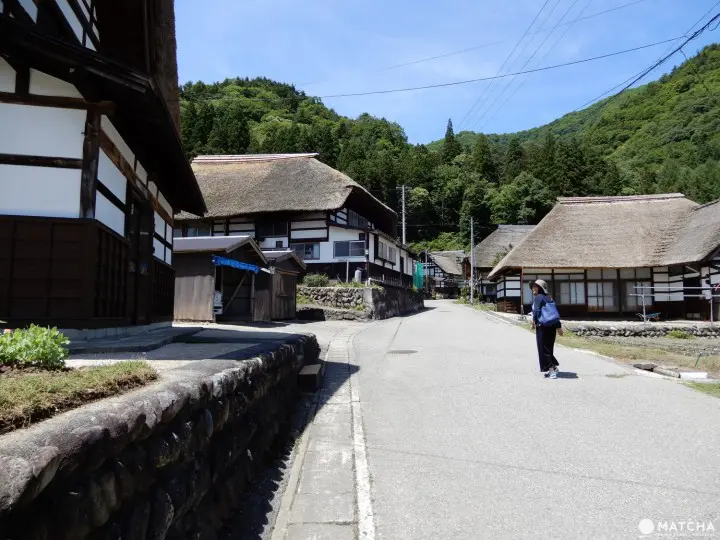
Maezawa’s current population consists of only about 30 people. Out of the twenty-three buildings, ten are magariya. Most of them are privately owned but one serves as the Maezawa Shuraku Museum. All these farmhouses were rebuilt in 1908 following a major fire.
Maezawa Shuraku Museum - A Rare Opportunity to Explore a One Hundred Year Old Farmhouse
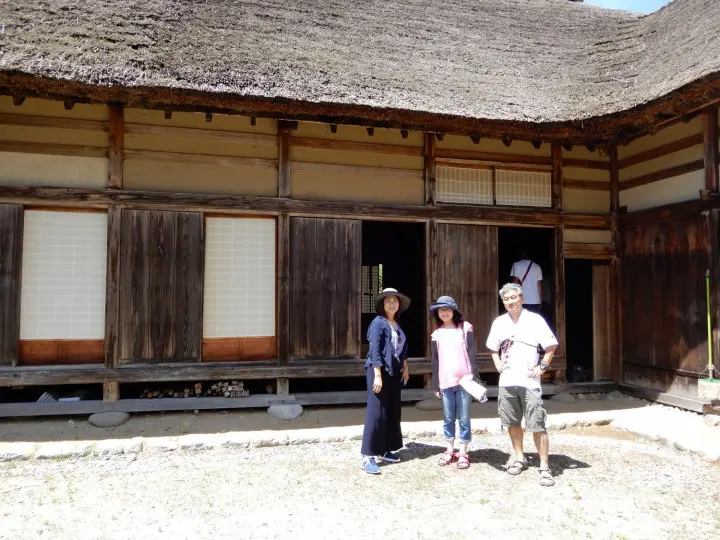
The museum is an original magariya preserved to provide visitors the experience and feeling of what it was like living centuries ago in Maezawa. It displays is a variety of old farming implements, common items used in daily life of farming families.
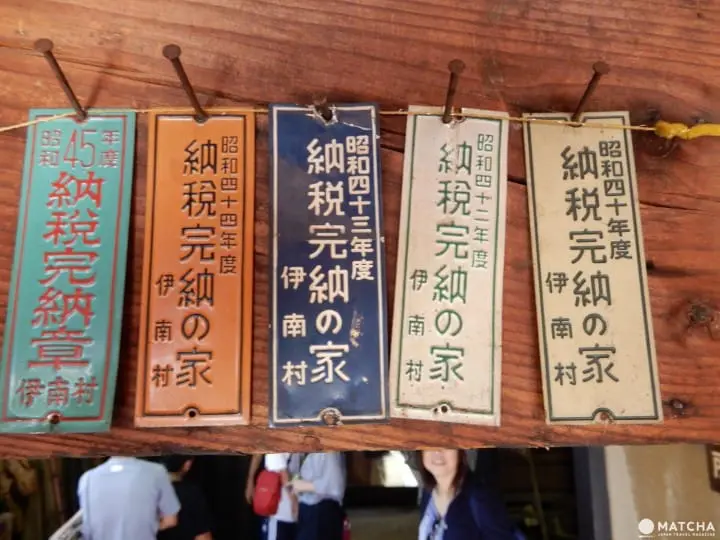
The signs in the above photo indicated that the farming household had paid their taxes for the years 1965-1970. These appear at the entrance to the Maezawa Shuraku Museum.
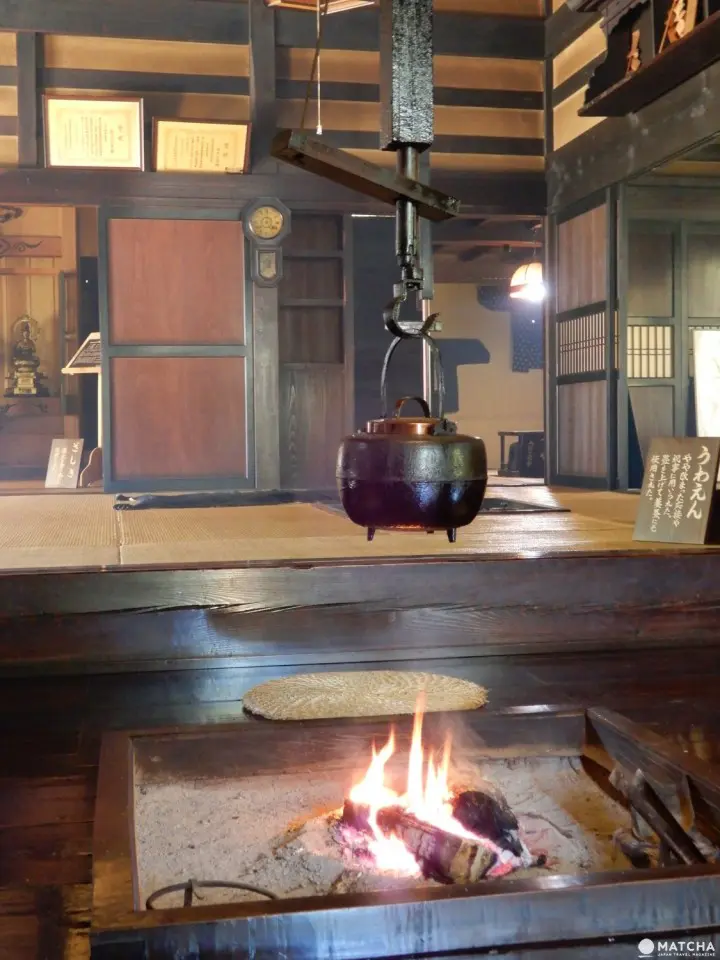
You can see how years of burning charcoal and wood in the sunken hearth has turned the interior of the loft area a striking deep black.
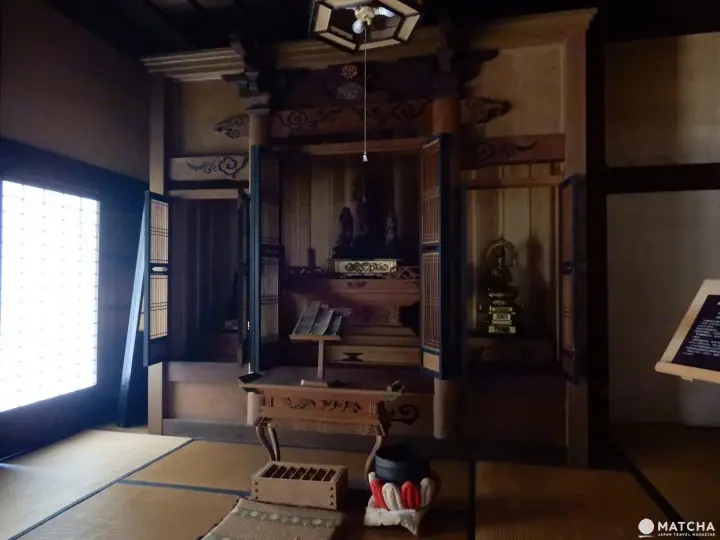
Feel free to explore the whole interior or even climb to the loft area to see the complex roof structure.
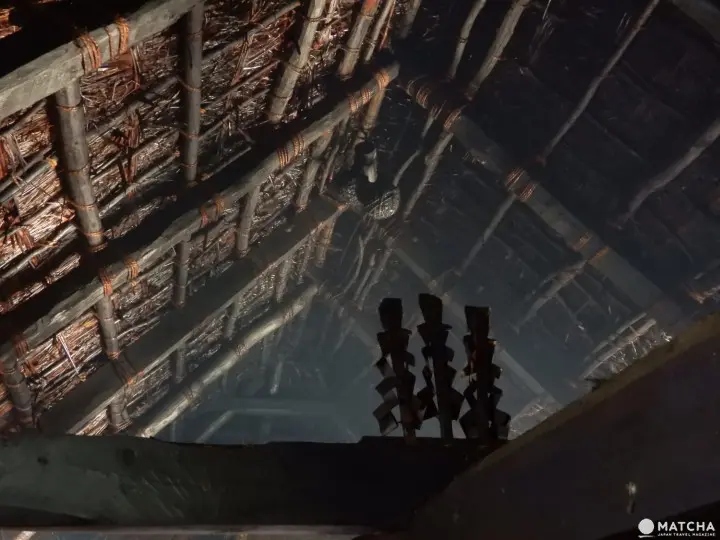
You may notice a phallic structure hanging high in the interior roof. According to the museum guide, hanging such a structure from the roof was believed to prevent fires.
Don't forget to stop by the small thatched roof community center behind the museum to relax and enjoy a light snack with some tea and purchase locally produced folks goods and food.
Mizuba – A Historical Water Supply Method
As you walk around Maezawa you come across several interesting items such as the remaining small water reservoir known as mizuba. In the past, there were seven such mizuba scattered around the village. Prior to the installation of public water lines, mountain water that flowed through the village was collected inside of them.
Each of these mizuba was designated for a specific purpose such as the water in the very first vat was used strictly for drinking water, the next vat for cooking purposes. As the water flowed progressively lower through the village each vat was used for a task requiring less and less clean water. One purpose of the last vat was washing diapers.
Barikishin – The Guardian Deity Caring for the Souls of Horses Treasured by Maezawa Farmers
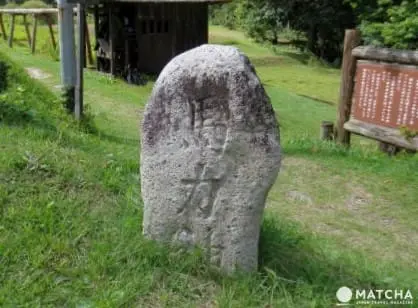
Crossing the bridge spanning the Tateiwa River, look off to your left and you’ll notice a large stone inscribed with three Chinese characters that literally translate to “the horsepower God”. This monument represents the guardian deity of horses and is used to honor and pray for the souls of horses.
Such stone monuments are not unique to Minamiaizu. They can also be found in Tochigi and Miyagi Prefectures. Sometimes you might come across smaller stones with the same inscription. They are a memorial offering to a horse that died in the middle of a journey.
Observe the Simple Beauty of How Rice Was Milled Centuries Ago
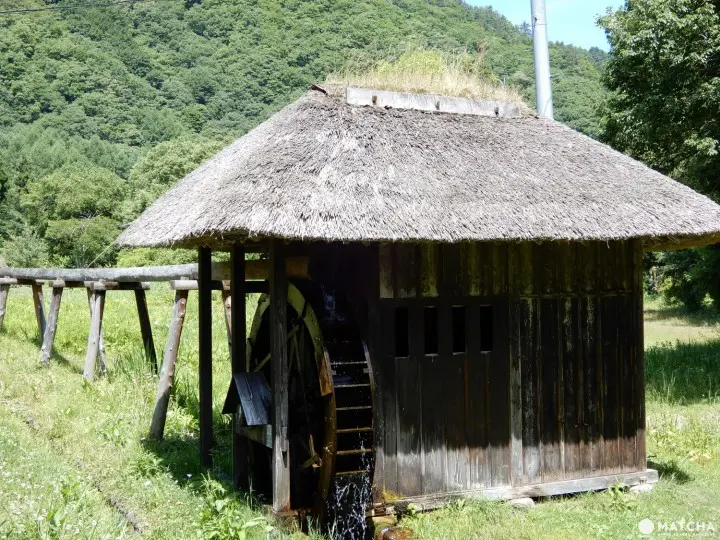
Immediately after entering the village you’ll hear the sounds of the water wheel and thuds coming from the small rice milling hut to your right. As water flows from the water wheel it fills the scoop on one end of large wooden pestle which rises and then empties lowering the pestle with a thud. This pounds or mills the rice contained in the large wooden vessel opposite to the water scoop. This thudding sound is even recognized as one of the thirty nostalgic sounds of old Japan.
Magariya Soba Restaurant – Locally Produced Soba Dishes in a Century-Old Farmhouse
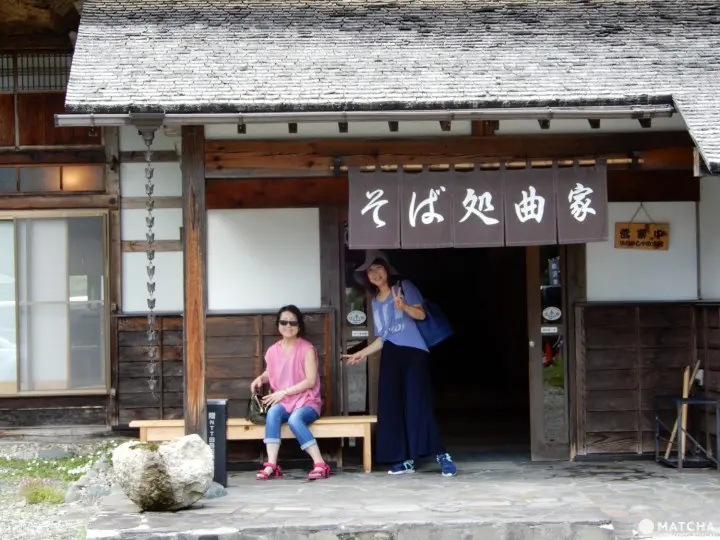
Near the entrance to the village is the Magariya Soba Restaurant serving a variety of soba dishes prepared from the buckwheat grown in the fields surrounding the restaurant.
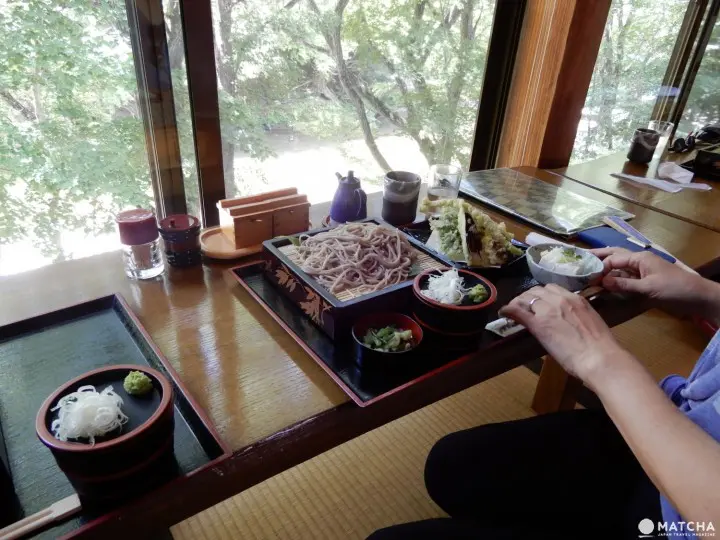
This magariya building was constructed in 1917 as a private farmhouse but later remodeled as a restaurant. The restaurant is open daily from 10:30 am to 4:00 pm from late April to mid-November.
Experience an Old Japanese Farming Village
Visiting Maezawa provides you with a unique experience. The landscape of the surrounding mountains and forest, fields of buckwheat and the rhythmic pounding of coming from the rice milling hut as well as the flowing water from the water wheel takes you back to a different time and place.
Why not visit Maezawa in Fukushima for a unique time travel experience?










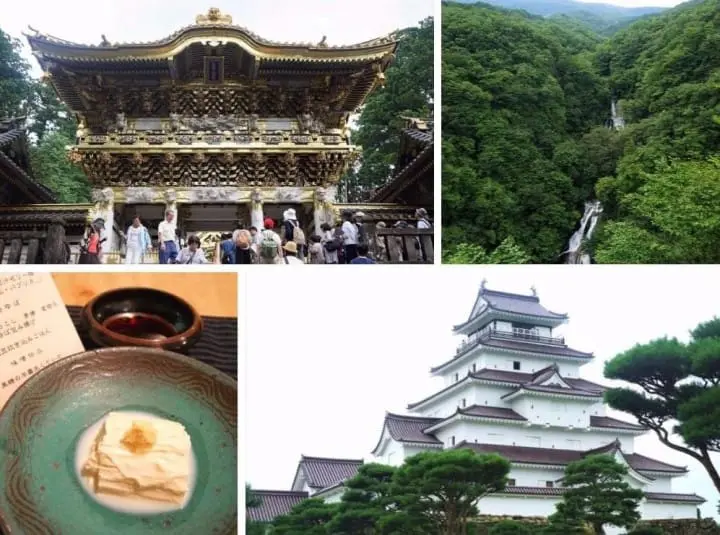



























![[Coupon Available] Attention Overseas Winter Sports Fans! Nagano's Sports Depot Has Evolved](https://resources.matcha-jp.com/resize/720x2000/2026/01/05-254819.webp)
![[2 hours from Tokyo ] 10 Quiet and Breathtaking Views of Mount Fuji in Yamanashi Hokuto City , Yamanashi - Part 2](https://resources.matcha-jp.com/resize/720x2000/2025/12/16-253037.webp)

![[Reopening in March 2026] Ikoma Sanjo Amusement Park Park, 45 minutes from Osaka , with free admission](https://resources.matcha-jp.com/resize/720x2000/2024/08/28-194409.webp)